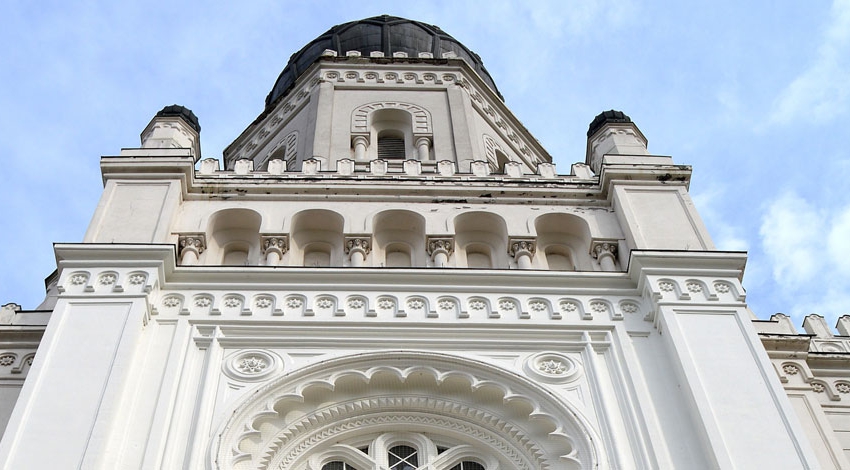
• Presents the Hungarian secession
folk style of architecture
• The business tourism has suddenly
taken off and there are enough hotels
to accommodate it
• Pays great attention to conference guests;
programmes designed for them always contain
unique, local elements
• An excellent place to organize events;
there are regular riding displays and
programmes in the horse enclosure
Kecskemét is situated in the area to the east of the Danube and has a population of 110 thousand. It is the capital of the Great Hungarian Plain and is almost at the geometrical centre of the country. The settlement extends to include the local farms spread over the region. It is easily accessible by highway and train. It lies south east of Budapest at a distance of 45 minutes to an hour away. There is a good public transport network of buses in the town.
The general face of Kecskemét presents the Hungarian secession folk style of architecture. Its famous buildings fit well into the town environment. Churches of almost all denominations are situated in the main square in the town centre and speak of the turning points in the history of the town.
Specific art nouveau markings
One of the best-known buildings, the Great Church, is prominent in the square, as is the splendid secession Town Hall, whose ceremonial hall is a favourite venue for events. The chiming of bells here is a special experience. Another historic building, the Ornamental Palace, is not only a sight worth seeing, but also holds conferences.
Music lovers know Kecskemét as the birthplace of Zoltán Kodály, who revolutionized music education in the XXth century. Courses at the Music Pedagogical Institute are mainly attended by overseas students. Nearby is the town theatre.
Major industrial investments – significant business tourism
There is dynamic development in Kecskemét today. As a result of recent investment in industry (Mercedes-Benz factory), business tourism has suddenly taken off and there are enough hotels to accommodate it. The former cultural centre has become a conference centre and there are meeting rooms of various sizes in the hotels. The town pays great attention to conference guests; programmes designed for them always contain unique, local elements. The modern swimming baths can be relaxing, but nearby outside the town there are serious thermal baths to be found (e.g.Tiszakécske).
Large wine-growing region – with peculiar cuisine
As for gastronomy, there are many traditional restaurants and inns in the town and surroundings. The dishes are usually substantial recalling the tastes of the old world of isolated farms on the plain. Kecskemét apricot brandy carries the name of the town. The short drink counts as a Hungaricum and should be tried on a stay here. Also in the area is the Kunság Wine District, the largest wine district in the country as well as the Hajós-Baja Wine District, with its characteristic row of cellars, where several important wineries bottle their own wine.
The Great Hungarian Plain is an unusual landscape and although it is flat, its edge merges with the horizon and is not at all boring. Because animals are traditionally raised here, it is interesting to see them, the equestrian and farming life and the relics of the original folk architecture. Lajosmizse, near Kecskemét, is an excellent place to organize events; there are regular riding displays and programmes in the horse enclosure.